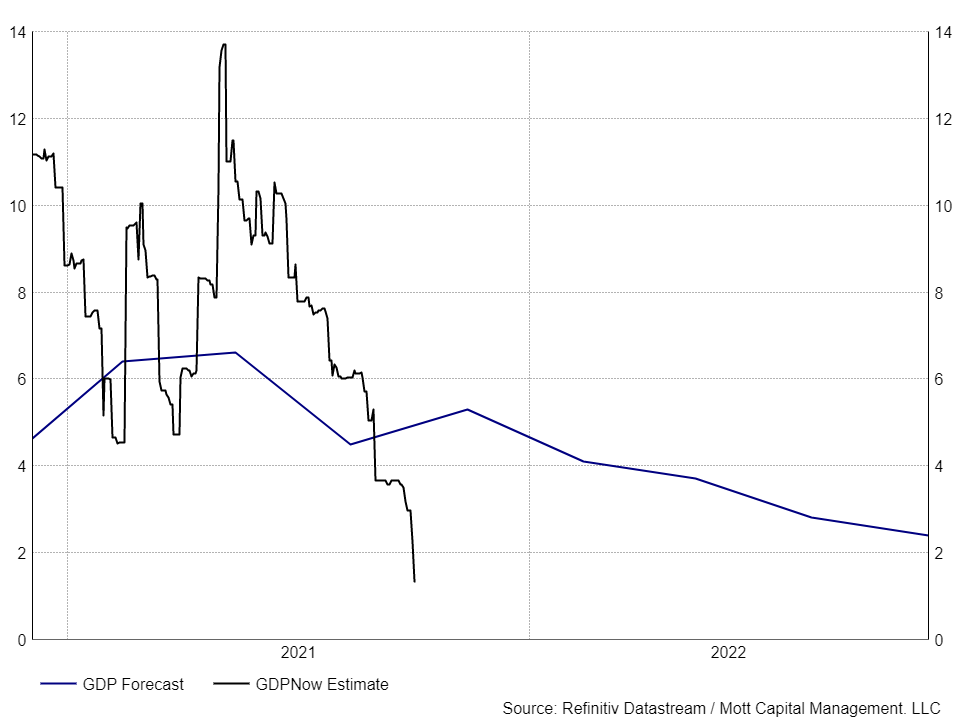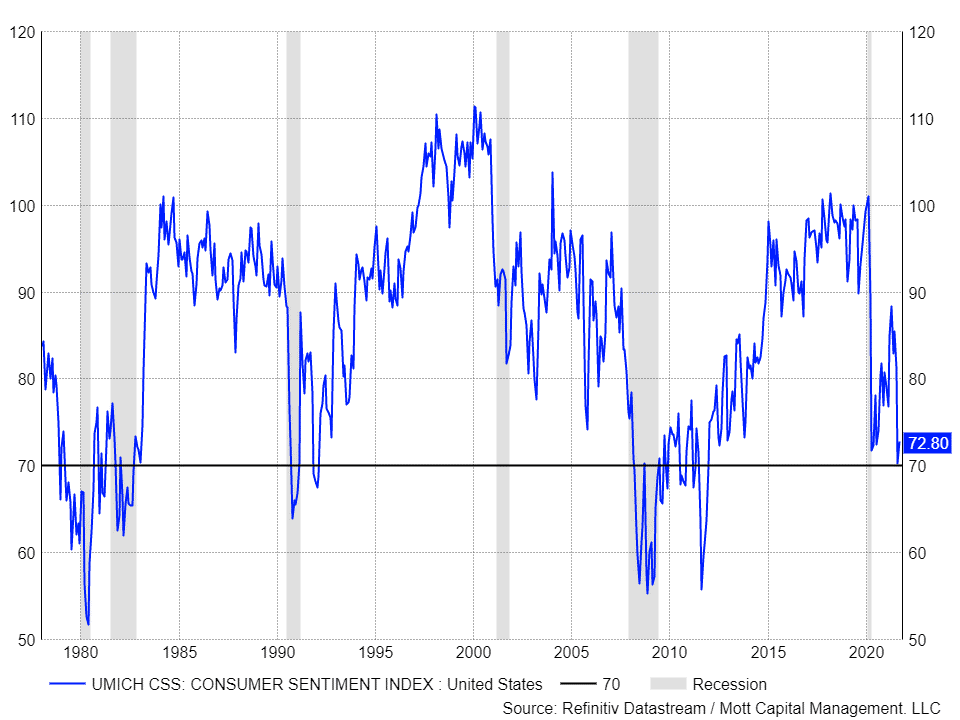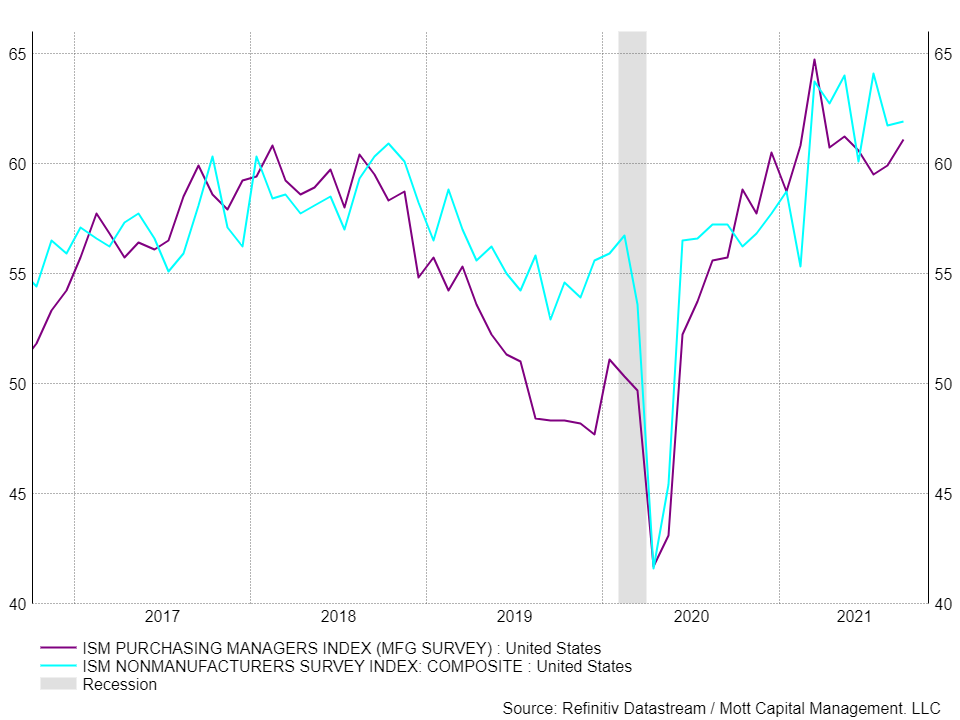This article was written exclusively for Investing.com.
It may seem outlandish to think that the US economy could be heading towards a recession, especially when second-quarter GDP growth was more than 6.5% and third-quarter projections were around 7%. However, things can change quickly, and this time they have.
The third quarter has been a significant disappointment with the economy weakening tremendously in a short three-month period. The Atlanta Fed GDPNow model suggests that the third quarter may see a growth rate of just 1.3%. Based on just how disappointing this quarter may turn out to be, who's to say those metrics don't fall further, or perhaps even turn negative.

Recession Risks
Now clearly, even if the third quarter turned out to be negative, which may be a long shot. One-quarter of a declining GDP does not create a recession, you need two quarters for that. But as we enter the fourth quarter, the question may not be if the economy slows further, but whether or not it can reaccelerate.
Data from Refinitiv currently shows that consensus forecasts call for GDP growth for the third quarter at around 4.5%, while the fourth quarter is seen rising to approximately 5%. The economy is expected to slow dramatically throughout 2022, dropping to 2.5% by the fourth quarter of 2022.
The question becomes, are these estimates going forward simply too high, and will these need to be revised lower. It seems clear that much of the economic data has shown a significant slowing, not only in the US but also in global economies. Some analysts now see China's economy having no growth in the third quarter. At the end of September, Goldman Sachs lowered its quarter-over-quarter growth rate for the Chinese economy to 0% for the third quarter.
Challenges Ahead
There are several headwinds that are increasing the risk of a possible recession. The three biggest are the supply chain disruptions, rising input costs, and semiconductor chip shortages. Given these headwinds, it seems hard to imagine the global economy or the US economy will suddenly start growing at a pace that equals the current consensus forecast in the fourth quarter of about 5%. Recently, a story from Fitch Ratings notes that supply chain disruptions are now starting to affect the bottom lines of diversified industrials, potentially resulting in these companies revising earnings guidance down as they announce third-quarter results.
Other concerns, such as consumer sentiment levels, have fallen dramatically here in the US. The latest University of Michigan consumer sentiment reading was 72.8, a significant drop from its reading of 88.3 in April. In the past, a reading below 70 has been associated with a recession in the US economy the majority of the time.

Signs of Stabilizing
In recent days, there has been some evidence to suggest that the growth has been stabilizing, based on the ISM manufacturing report for September, which showed an improvement over August, rising to 61.1 from 59.9, while the services segment rose to 61.9 from 61.7. These improvements are noteworthy and are still solid readings and could be an early sign that the economy is beginning to reaccelerate after a very significant slowdown. However, it is too early to determine whether that shift lasts.

What is very clear is that the economy appears to have taken a dramatic hit in the third quarter, with the pace of GDP growth slowing dramatically. Whether it turns out that a 1% growth rate was too low or too high doesn't matter. Because at this point, even a 4% GDP growth rate, although very strong, will be a significant disappointment based on what expectations had been.
At the same time, it should not be discounted that the economy has slowed materially and the risk to markets that come with it.
